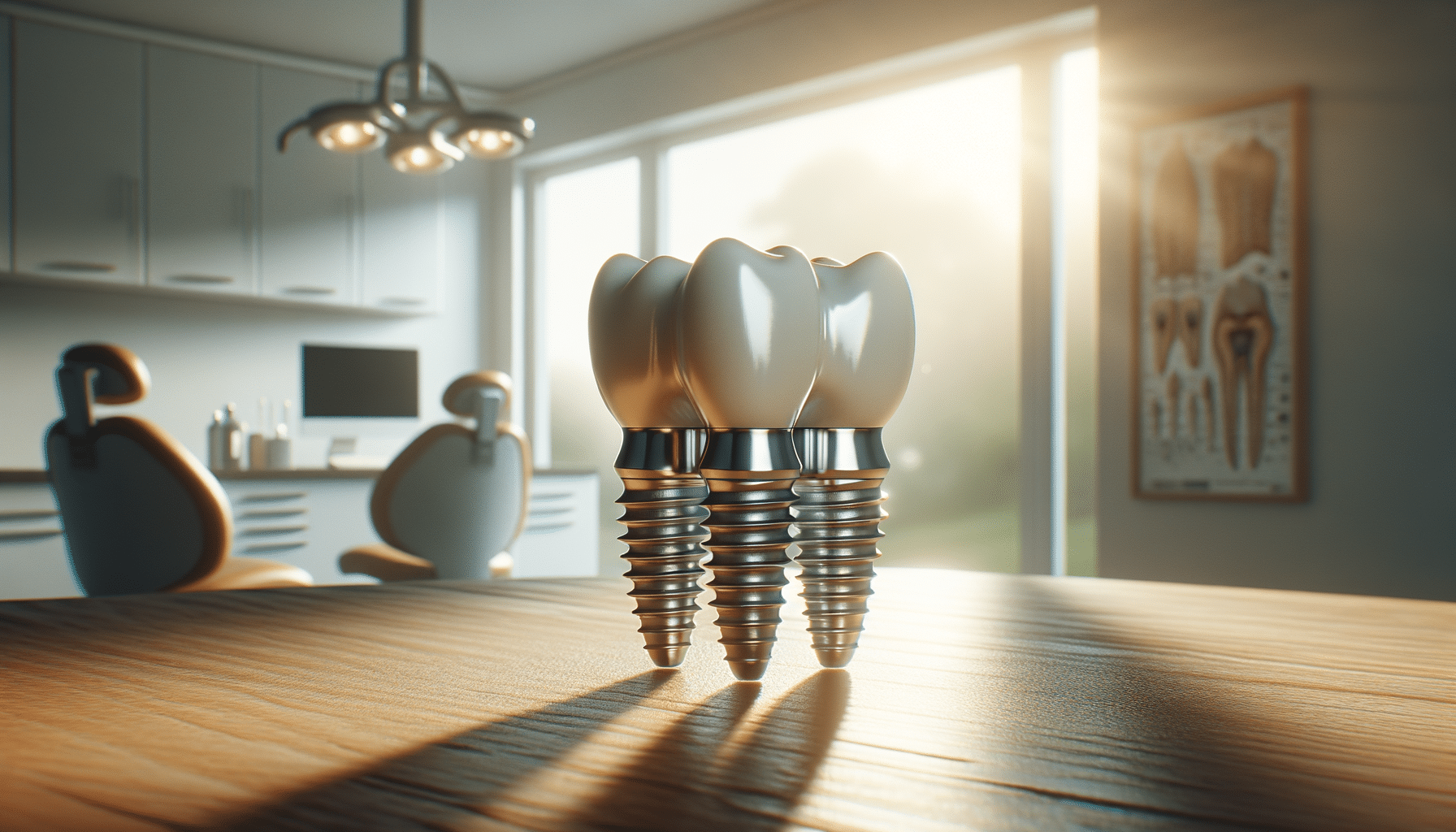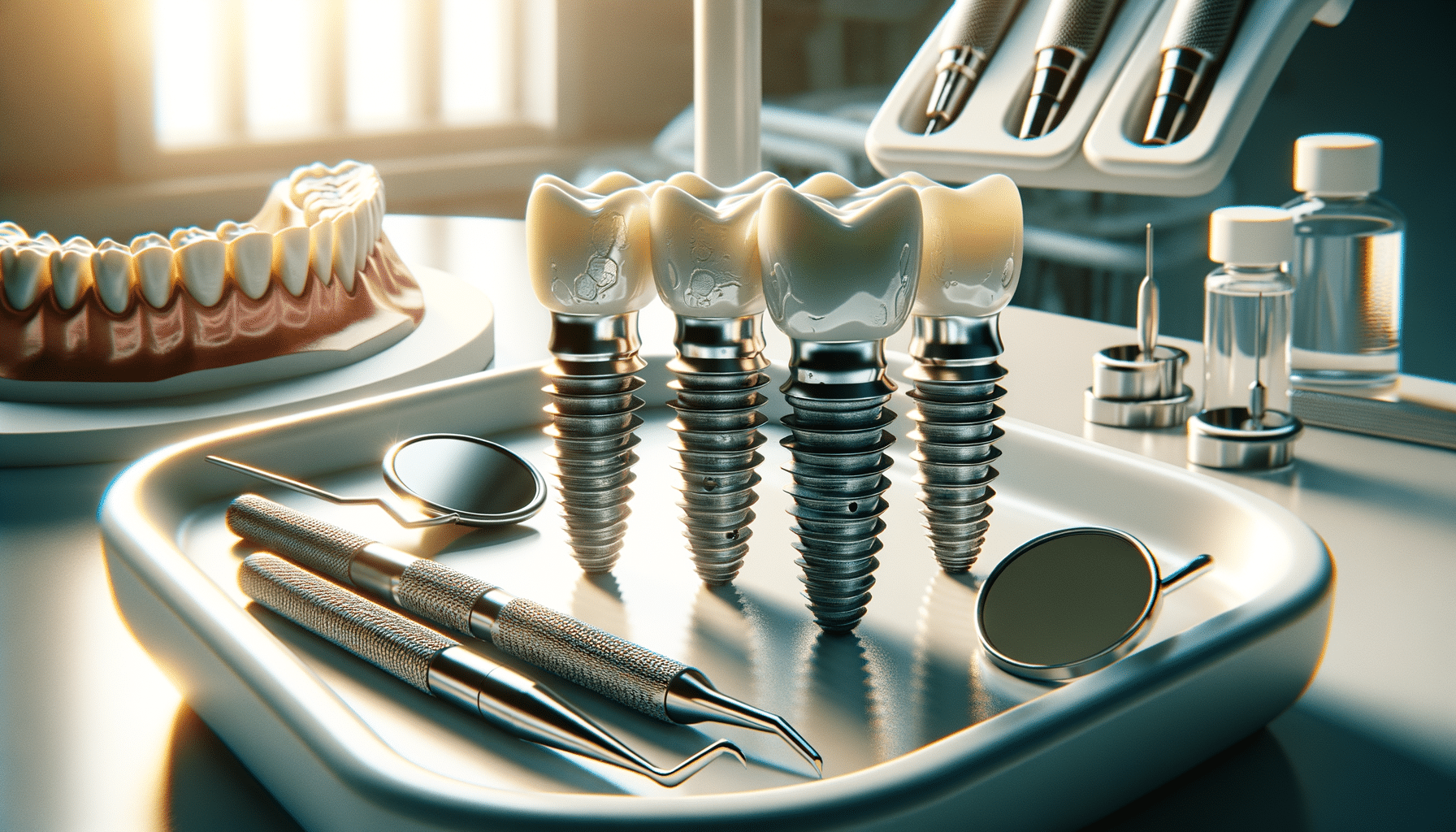
Screwless Dental Implants: A Modern Solution for Tooth Replacement
Introduction to Screwless Dental Implants
In the realm of modern dentistry, screwless dental implants are emerging as a revolutionary solution for tooth replacement. Traditional dental implants have long relied on screws to secure the implant to the jawbone, but advancements in technology have paved the way for screwless alternatives. These implants are designed to offer a more streamlined and less invasive procedure, addressing some of the common concerns associated with traditional methods. As dental technology continues to evolve, understanding the benefits and functionalities of screwless dental implants becomes increasingly important for those considering dental restoration options.
Exploring the Benefits of Screwless Dental Implants
One of the most prominent advantages of screwless dental implants is their minimally invasive nature. Unlike traditional implants that require drilling into the jawbone to secure the screw, screwless implants often use a press-fit design or other innovative methods to achieve stability. This can significantly reduce the discomfort and recovery time for patients. Moreover, the absence of screws eliminates the risk of screw loosening, which can be a common issue with traditional implants.
Another notable benefit is the aesthetic appeal. Screwless implants tend to offer a more natural look, as they can be designed to fit more seamlessly with the surrounding teeth. This is particularly beneficial for implants placed in visible areas of the mouth, where a natural appearance is crucial.
Additionally, the materials used in screwless implants are often biocompatible, reducing the risk of adverse reactions. This makes them a suitable option for a broader range of patients, including those who may have sensitivities to certain metals used in traditional implants.
Comparing Screwless and Traditional Implants
When comparing screwless dental implants with traditional ones, several key differences emerge. Traditional implants rely heavily on the use of screws to anchor the implant, which can sometimes lead to complications such as infection or bone loss if not properly maintained. In contrast, screwless designs aim to minimize these risks through less invasive techniques.
Traditional implants generally require a multi-step process that includes the placement of the screw, a healing period, and then the attachment of the prosthetic tooth. This can take several months to complete. Screwless implants, however, often streamline this process, potentially allowing for quicker placement and integration.
Cost is another factor to consider. While screwless implants might initially appear more expensive due to advanced technology, the reduced need for follow-up procedures and lower risk of complications can make them a cost-effective choice in the long run.
Technological Innovations in Screwless Implants
The development of screwless dental implants is a testament to the ongoing innovations within the field of dentistry. These implants utilize cutting-edge materials and design techniques that enhance their functionality and patient comfort. For instance, some screwless implants incorporate advanced surface treatments that promote better integration with the jawbone, ensuring a stable and long-lasting fit.
Furthermore, digital imaging and 3D printing technologies have revolutionized the customization of dental implants. These tools allow for precise planning and fabrication of implants that cater to the unique anatomical features of each patient, enhancing both fit and function.
As research and development continue, we can expect even more advancements in the materials and methods used for screwless dental implants, further solidifying their place in modern dentistry.
Conclusion: The Future of Dental Restoration
Screwless dental implants represent a significant leap forward in dental restoration technology. Their ability to offer a less invasive, aesthetically pleasing, and biocompatible alternative to traditional implants makes them an attractive option for many patients. As technology continues to advance, these implants are likely to become even more accessible and refined, providing a reliable solution for those seeking dental restoration.
For individuals considering dental implants, consulting with a dental professional about the benefits and suitability of screwless options can provide valuable insights and help guide decision-making. Ultimately, the choice of implant should align with the patient’s specific needs and the expertise of their dental care provider.


